BaTiO3-NaNbO3 energy storage ceramics with an ultrafast charge-discharge rate and temperature-stable power density
Abstract
Dielectric capacitors with ultrafast charge-discharge rates are extensively used in electrical and electronic systems. To meet the growing demand for energy storage applications, researchers have devoted significant attention to dielectric ceramics with excellent energy storage properties. As a result, the awareness of the importance of the pulsed discharge behavior of dielectric ceramics and conducting characterization studies has been raised. However, the temperature stability of pulsed discharge behavior, which is significant for pulsed power applications, is still not given the necessary consideration. Here, we systematically investigate the microstructures, energy storage properties and discharge behaviors of nanograined (1-x)BaTiO3-xNaNbO3 ceramics prepared by a two-step sintering method. The 0.60BaTiO3-0.40NaNbO3 ceramics with relaxor ferroelectric characteristics possess an optimal discharge energy density of 3.07 J cm-3, a high energy efficiency of 92.6%, an ultrafast discharge rate of
Keywords
INTRODUCTION
Dielectric capacitors, as fundamental components in high-power energy storage and pulsed power systems, play an important role in many applications, including hybrid electric vehicles, portable electronics, medical devices and electromagnetic weapons, due to their high power density, ultrafast charge-discharge rates and long lifetimes[1-6]. However, most current commercial polymer dielectric capacitors and multilayer ceramic capacitors (MLCCs) possess somewhat low energy densities of < 1-2 J cm-3, which results in them occupying relatively large volumes and/or weights in devices[7-10]. The development of third-generation semiconductors and the need for device miniaturization have resulted in an urgent demand for high-energy-density dielectric capacitors[1,11].
Under an applied voltage, the dielectric materials in dielectric capacitors polarize to store energy[1,12,13]. Their energy storage properties can be calculated through polarization-electric field (P-E) loops, namely,  ,
,  and η = Wd/Wc, where Wc and Wd are the charge and discharge energy density, respectively, Pmax and Pr are the maximum and remnant polarization, respectively, and η is the energy efficiency[14-16]. Among all dielectric materials, relaxor ferroelectrics with high Pmax, low Pr, high breakdown strength (Eb) and slim P-E loops have been investigated extensively for their excellent energy storage properties[17-22]. The polar nanoregions in relaxor ferroelectrics can switch rapidly under an applied electric field, which significantly reduces loss and results in high η[23-28]. In addition, the excellent fatigue and temperature stability of the pulsed discharge behavior and energy storage properties are highly desirable for dielectric capacitors operating in harsh environments, i.e., aerospace fields and oil-well drilling[29-32]. Many strategies have been utilized to enhance the temperature stability of dielectric materials in recent years, including multiscale optimization[27], composite strategy design[28], unmatched temperature range design[33] and special sintering methods[34]. However, the temperature stability of pulsed discharge behavior is not given sufficient attention in current research into dielectric materials.
and η = Wd/Wc, where Wc and Wd are the charge and discharge energy density, respectively, Pmax and Pr are the maximum and remnant polarization, respectively, and η is the energy efficiency[14-16]. Among all dielectric materials, relaxor ferroelectrics with high Pmax, low Pr, high breakdown strength (Eb) and slim P-E loops have been investigated extensively for their excellent energy storage properties[17-22]. The polar nanoregions in relaxor ferroelectrics can switch rapidly under an applied electric field, which significantly reduces loss and results in high η[23-28]. In addition, the excellent fatigue and temperature stability of the pulsed discharge behavior and energy storage properties are highly desirable for dielectric capacitors operating in harsh environments, i.e., aerospace fields and oil-well drilling[29-32]. Many strategies have been utilized to enhance the temperature stability of dielectric materials in recent years, including multiscale optimization[27], composite strategy design[28], unmatched temperature range design[33] and special sintering methods[34]. However, the temperature stability of pulsed discharge behavior is not given sufficient attention in current research into dielectric materials.
In this study, we prepare nanograined (1-x)BaTiO3-xNaNbO3 ceramics, which possess relaxor ferroelectric characteristics with a good P-E relationship (high Pmax, low Pr and slim P-E loops) and high Eb, using a solid-state reaction method. The 0.60BaTiO3-0.40NaNbO3 ceramics exhibit an optimal Wd of 3.07 J cm-3 and a high η of 92.6% under 38.1 MV m-1 at ambient temperature. Stable energy storage properties in terms of frequency (0.1-100 Hz), fatigue (106 cycles) and temperature (25-120 °C) are also achieved. Moreover, the ceramics possess an ultrafast discharge rate of 39 ns and a high power density of 100 MW cm-3. The variation of the power density is less than 15% from 25 to 140 °C. All these results suggest that 0.60BaTiO3-0.40NaNbO3 ceramics are ideal candidates for energy storage applications in pulsed power systems.
MATERIALS AND METHODS
(1-x)BaTiO3-xNaNbO3 ((1-x)BT-xNN) dielectric ceramics with x = 0.35, 0.40, 0.45 and 0.50 were prepared through a conventional solid-state method. According to the stoichiometric ratio of (1-x)BT-xNN ceramics, BaCO3, TiO2, Na2CO3 and Nb2O5 powders with analytical grade, as the raw materials, were weighed and ball milled with ethanol for 24 h. The mixed powders were then dried at 80 °C and calcined at 950-1030 °C for
The ambient-temperature X-ray diffraction profiles of the (1-x)BT-xNN ceramics were obtained using a Rigaku 2500 X-ray diffractometer (Rigaku, Tokyo, Japan) with Cu Kα radiation and λ = 1.5418 Å. The surface microstructures of the ceramics after thermally etching at 1050 °C for 0.5 h were characterized using scanning electron microscopy (SEM, MERLIN VP Compact, Zeiss Ltd., Germany) at 15 kV. To measure the ferroelectric properties and pulsed discharge behaviors, the compact ceramics were polished down to
RESULTS AND DISCUSSION
The ambient-temperature X-ray diffraction profiles of the (1-x)BT-xNN ceramics are displayed in Figure 1. All samples exhibit typical perovskite structures with traces of a Ba6Ti7Nb9O42 secondary phase
Figure 2. Surface microstructure images of (A) 0.65BT-0.35NN; (B) 0.60BT-0.40NN; (C) 0.55BT-0.45NN; and (D) 0.50BT-0.50NN.
The temperature-dependent (150-300 °C) dielectric properties of the (1-x)BT-xNN ceramics were measured at various frequencies [Figure 3] and indicated prototypical relaxor ferroelectric characteristics. The dielectric constants of all the (1-x)BT-xNN ceramics at room temperature are ~1000-1200 and the
Figure 3. Temperature-dependent dielectric properties measured at 1 kHz to 1 MHz for (A) 0.65BT-0.35NN; (B) 0.60BT-0.40NN;
Figure 4. Fitted γ values for (A) 0.65BT-0.35NN; (B) 0.60BT-0.40NN; (C) 0.55BT-0.45NN; and (D) 0.50BT-0.50NN.
The unipolar P-E loops of all ceramics measured at 25 °C and 20 MV m-1 are shown in Figure 5A, with all ceramics exhibiting slim P-E loops. Among these, the 0.55BT-0.45NN ceramics possess the largest Pmax and Pmax - Pr values [Figure 5B], leading to high Wd. However, due to the lower Pr, relatively larger Pmax - Pr value and the highest Eb [Figure 5B and C], a Wd of 3.07 J cm-3 and a high η of 92.6% are achieved in the
Figure 5. (A) Unipolar P-E loops for (1-x)BT-xNN ceramics at 25 °C, 20 MV m-1 and 10 Hz. (B) Pmax, Pr and Pmax - Pr as a function of NN content. (C) Unipolar P-E loops at 25 °C, maximum applied electric field and 10 Hz. (D) Energy storage properties as a function of NN content.
Figure 6. Energy storage properties at 25 °C and 10 Hz for (A) 0.65BT-0.35NN; (B) 0.60BT-0.40NN; (C) 0.55BT-0.45NN; and (D) 0.50BT-0.50NN.
Given that the stability of the energy storage properties for dielectric materials is crucial in practical applications, the frequency, fatigue and temperature stabilities of the energy storage properties for the 0.60BT-0.40NN ceramics are characterized in Figure 7. The Pmax of the 0.60BT-0.40NN ceramics only decreases from 15.1 to 14.3 µC cm-2 with increasing frequency from 0.1 to 100 Hz, while the Pr remains almost unchanged [Figure 7A]. Hence, the variations in Wd and η are less than 6.0% and 1.2%, respectively [Figure 7B]. The stable frequency-dependent energy storage properties are realized because the polar nanoregions can switch rapidly under the applied electric field[38]. To evaluate the fatigue stability, the unipolar P-E loops under 15 MV m-1 are characterized for 106 cycles [Figure 7C]. Fortunately, the P-E loops have no noticeable change and the variations in Wd and η are less than 0.6% and 0.7%, respectively [Figure 7D]. Figure 7E exhibits the unipolar P-E loops measured under 20 MV m-1 at various temperatures. It can be found that the Pmax of the 0.60BT-0.40NN ceramics is consistent with the trend of the ε and gradually decreases with increasing temperature. The reduction in Pmax results in a decrease in Wd, while the η stays over 90% when the temperature is up to 120 °C. Figure 7F shows the energy storage properties (Wd and η) of the 0.60BT-0.40NN ceramics with increasing temperature from 25 to 120 °C, revealing good temperature stability.
Figure 7. (A) Unipolar P-E loops of 0.60BT-0.40NN ceramics measured under 19 MV m-1 at various frequencies, (C) under 15 MV m-1 at different cycles and (E) under 20 MV m-1 at various temperatures. Corresponding (B) frequency-dependent, (D) fatigue-dependent and (F) temperature-dependent energy storage properties.
In practical applications, dielectric capacitors charge and discharge at the microsecond or nanosecond timescale[1]. The Wd and η calculated by the P-E loops cannot reflect the true energy storage properties[39], so a resistor-capacitance circuit is constructed to evaluate the discharge behavior of the 0.60BT-0.40NN ceramics. Figure 8A displays the overdamped pulsed discharge electric current-time (I-t) curves at various E values. The corresponding Wd can be calculated using  , where R and V are the load resistor (here R = 100 Ω) and the effective volume of the sample, respectively[40]. The discharge rate is usually described by the discharge time corresponding to the 90% stored Wd value, which is abbreviated as τ0.9. As the E increases, the current peak and Wd also increase. Finally, the Wd reaches 1.21 J cm-3 at 25 MV m-1 [Figure 8B]. In general, the Wd calculated by the I-t curve is always lower than that calculated by the P-E loop because the characterization mechanisms with different measurement frequencies[1] and dielectric material losses differ[41]. The τ0.9 of the 0.60BT-0.40NN ceramics is ~39 ns [Figure 8B]. The ultrafast discharge rate comes from the low hysteresis polarization response and the relaxor characteristic. This makes the 0.60BT-0.40NN ceramics more competitive in high-power applications[38,42]. Moreover, the undamped pulsed discharge current curves at 25 °C under various E values are displayed in Figure 8C. From the current curves, we can calculate the current density (CD) and power density (PD) from CD = Imax/S and PD = EImax/2S, where Imax and S represent the maximum value of the undamped pulsed discharge current curves and the electrode area, respectively[26]. The CD and PD of the 0.60BT-0.40NN ceramics at 25 MV m-1 are 801 A cm-2 and 100 MW cm-3, respectively [Figure 8D]. More importantly, from the undamped pulsed discharge current curves at 20 MV m-1 under various temperatures [Figure 8E], it can be found that the variations of CD and PD are ~15% from 25 to 140 °C [Figure 8F], which suggests that the 0.60BT-0.40NN ceramics have significant potential for pulsed power system applications.
, where R and V are the load resistor (here R = 100 Ω) and the effective volume of the sample, respectively[40]. The discharge rate is usually described by the discharge time corresponding to the 90% stored Wd value, which is abbreviated as τ0.9. As the E increases, the current peak and Wd also increase. Finally, the Wd reaches 1.21 J cm-3 at 25 MV m-1 [Figure 8B]. In general, the Wd calculated by the I-t curve is always lower than that calculated by the P-E loop because the characterization mechanisms with different measurement frequencies[1] and dielectric material losses differ[41]. The τ0.9 of the 0.60BT-0.40NN ceramics is ~39 ns [Figure 8B]. The ultrafast discharge rate comes from the low hysteresis polarization response and the relaxor characteristic. This makes the 0.60BT-0.40NN ceramics more competitive in high-power applications[38,42]. Moreover, the undamped pulsed discharge current curves at 25 °C under various E values are displayed in Figure 8C. From the current curves, we can calculate the current density (CD) and power density (PD) from CD = Imax/S and PD = EImax/2S, where Imax and S represent the maximum value of the undamped pulsed discharge current curves and the electrode area, respectively[26]. The CD and PD of the 0.60BT-0.40NN ceramics at 25 MV m-1 are 801 A cm-2 and 100 MW cm-3, respectively [Figure 8D]. More importantly, from the undamped pulsed discharge current curves at 20 MV m-1 under various temperatures [Figure 8E], it can be found that the variations of CD and PD are ~15% from 25 to 140 °C [Figure 8F], which suggests that the 0.60BT-0.40NN ceramics have significant potential for pulsed power system applications.
CONCLUSIONS
In summary, the 0.60BT-0.40NN ceramics with relaxor ferroelectric characteristics have an optimal Wd of 3.07 J cm-3, a high η of 92.6%, a high PD of 100 MW cm-3 and an ultrafast τ0.9 of 39 ns. Moreover, they exhibit stable energy storage properties in terms of frequency (0.1-100 Hz), fatigue (106 cycles) and temperature (25-120 °C), as well as temperature-stable power density (25-140 °C). These ideal energy storage properties and pulsed discharge behavior make the 0.60BT-0.40NN ceramics more promising for high-stability energy storage MLCCs in pulsed power system applications.
DECLARATIONS
Author’s contributionsSample fabrication and characterization: Zhao P
Data analysis and interpretation: Li L, Wang X
Preparation of the manuscript and discussion: Zhao P, Li L, Wang X
Availability of data and materialsData can be deposited into data repositories or published as supplementary information in the journal.
Financial support and sponsorshipThis work was supported by Shuimu Tsinghua Scholar Program, Key-Area Research and Development Program of Guandong Province (No. 2019B090912003), National Natural Science Foundation of China (No. 52032005), High-end MLCC Key Project Supported by Guangdong Fenghua Advanced Technology Holding Co., Ltd.
Conflicts of interestAll authors declared that there are no conflicts of interest.
Ethical approval and consent to participateNot applicable.
Consent for publicationNot applicable.
Copyright© The Author(s) 2023.
Supplementary MaterialsREFERENCES
1. Zhao P, Cai Z, Wu L, et al. Perspectives and challenges for lead-free energy-storage multilayer ceramic capacitors. J Adv Ceram 2021;10:1153-93.
2. Wang G, Lu Z, Li Y, et al. Electroceramics for high-energy density capacitors: current status and future perspectives. Chem Rev 2021;121:6124-72.
3. Palneedi H, Peddigari M, Hwang G-T, Jeong D-Y, Ryu J. High-performance dielectric ceramic films for energy storage capacitors: progress and outlook. Adv Funct Mater 2018;28:1803665.
4. Li Q, Chen L, Gadinski MR, et al. Flexible high-temperature dielectric materials from polymer nanocomposites. Nature 2015;523:576-9.
6. Li J, Shen Z, Chen X, et al. Grain-orientation-engineered multilayer ceramic capacitors for energy storage applications. Nat Mater 2020;19:999-1005.
7. Xu R, Feng Y, Wei X, Xu Z. Analysis on nonlinearity of antiferroelectric multilayer ceramic capacitor (MLCC) for energy storage. IEEE Trans Dielect Electr Insul 2019;26:2005-11.
9. Jow TR, MacDougall FW, Ennis JB, et al. Pulsed power capacitor development and outlook. In 2015 IEEE Pulsed Power Conference (PPC); 2015, pp. 1-7.
10. Wang Y, Zhou X, Chen Q, Chu BJ, Zhang QM. Recent development of high energy density polymers for dielectric capacitors. IEEE Trans Dielect Electr Insul 2010;17:1036-42.
11. Kim J, Saremi S, Acharya M, et al. Ultrahigh capacitive energy density in ion-bombarded relaxor ferroelectric films. Science 2020;369:81-4.
12. Liu Z, Lu T, Ye J, et al. Antiferroelectrics for energy storage applications: a review. Adv Mater Technol 2018;3:1800111.
13. Hong K, Lee TH, Suh JM, Yoon S-H, Jang HW. Perspectives and challenges in multilayer ceramic capacitors for next generation electronics. J Mater Chem C 2019;7:9782-802.
14. Li F, Zhai J, Shen B, Zeng H. Recent progress of ecofriendly perovskite-type dielectric ceramics for energy storage applications. J Adv Dielect 2019;8:1830005.
15. Zhang H, Wei T, Zhang Q, et al. A review on the development of lead-free ferroelectric energy-storage ceramics and multilayer capacitors. J Mater Chem C 2020;8:16648-67.
16. Yao Z, Song Z, Hao H, et al. Homogeneous/inhomogeneous-structured dielectrics and their energy-storage performances. Adv Mater 2017;29:1601727.
17. Ogihara H, Randall CA, Trolier-McKinstry S. High-energy density capacitors utilizing 0.7BaTiO3-0.3BiScO3 ceramics. J Am Ceram Soc 2009;92:1719-24.
18. Wang Z, Kang R, Liu W, et al. (Bi0.5Na0.5)TiO3-based relaxor ferroelectrics with medium permittivity featuring enhanced energy-storage density and excellent thermal stability. Chem Eng J 2022:427.
19. Yang L, Kong X, Cheng Z, Zhang S. Ultra-high energy storage performance with mitigated polarization saturation in lead-free relaxors. J Mater Chem A 2019;7:8573-80.
20. Yang L, Kong X, Cheng Z, Zhang S. Enhanced energy density and electric cycling reliability via MnO2 modification in sodium niobate-based relaxor dielectric capacitors. J Mater Res ;2021, 36:1214-1222.
21. Wang X, Huan Y, Zhao P, et al. Optimizing the grain size and grain boundary morphology of (K,Na)NbO3-based ceramics: Paving the way for ultrahigh energy storage capacitors. J Mater 2021;7:780-9.
22. Zhao P, Wang H, Wu L, et al. High-performance relaxor ferroelectric materials for energy storage applications. Adv Energy Mater 2019;9:1803048.
23. Pan H, Li F, Liu Y, et al. Ultrahigh-energy density lead-free dielectric films via polymorphic nanodomain design. Science 2019;365:578-82.
24. Yuan Q, Li G, Yao F-Z, et al. Simultaneously achieved temperature-insensitive high energy density and efficiency in domain engineered BaTiO3-Bi(Mg0.5Zr0.5)O3 lead-free relaxor ferroelectrics. Nano Energy 2018;52:203-10.
25. Wu L, Wang X, Li L. Lead-free BaTiO3-Bi(Zn2/3Nb1/3)O3 weakly coupled relaxor ferroelectric materials for energy storage. RSC Adv 2016;6:14273-82.
26. Zhou M, Liang R, Zhou Z, Dong X. Superior energy storage properties and excellent stability of novel NaNbO3-based lead-free ceramics with A-site vacancy obtained via a Bi2O3 substitution strategy. J Mater Chem A 2018;6:17896-904.
27. Zhao P, Cai Z, Chen L, et al. Ultra-high energy storage performance in lead-free multilayer ceramic capacitors via a multiscale optimization strategy. Energy Environ Sci 2020;13:4882-90.
28. Zhao P, Chen L, Li L, Wang X. Ultrahigh energy density with excellent thermal stability in lead-free multilayer ceramic capacitors via composite strategy design. J Mater Chem A 2021;9:25914-21.
29. Chen L, Wang H, Zhao P, et al. Effect of MnO2 on the dielectric properties of Nb-doped BaTiO3-(Bi0.5Na0.5)TiO3 ceramics for X9R MLCC applications. J Am Ceram Soc 2018;102:2781-90.
30. Hui K, Chen L, Cen Z, et al. KNN based high dielectric constant X9R ceramics with fine grain structure and energy storage ability. J Am Ceram Soc 2021;104:5815-25.
31. Li T, Qiao Z, Zuo R. X9R-type Ag1-3
32. Zhu C, Cai Z, Luo B, et al. High temperature lead-free BNT-based ceramics with stable energy storage and dielectric properties. J Mater Chem A 2020;8:683-92.
33. Yang Z, Du H, Jin L, et al. Realizing high comprehensive energy storage performance in lead-free bulk ceramics via designing an unmatched temperature range. J Mater Chem A 2019;7:27256-66.
34. Cai Z, Zhu C, Wang H, et al. High-temperature lead-free multilayer ceramic capacitors with ultrahigh energy density and efficiency fabricated via two-step sintering. J Mater Chem A 2019;7:14575-82.
35. Chen I-W, XH W. Sintering dense nanocrystalline ceramics without final-stage grain growth. Nature 2000;404:168.
36. Wang XH, Deng X-Y, Bai H-L, et al. Two-step sintering of ceramics with constant grain-size, II: BaTiO3 and Ni-Cu-Zn ferrite. J Am Ceram Soc 2006;89:438-43.
37. Shen Z, Wang X, Luo B, Li L. BaTiO3-BiYbO3 perovskite materials for energy storage applications. J Mater Chem A 2015;3:18146-53.
38. Zhu C, Cai Z, Guo L, et al. Simultaneously achieved ultrastable dielectric and energy storage properties in lead-free Bi0.5Na0.5TiO3-based ceramics. ACS Appl Energy Mater 2022;5:1560-70.
39. Yang L, Kong X, Li F, et al. Perovskite lead-free dielectrics for energy storage applications. Prog Mater Sci 2019;102:72-108.
40. Hao X. A review on the dielectric materials for high energy-storage application. J Adv Dielectr 2013;03:1330001.
41. Li J, Li F, Xu Z, Zhang S. Multilayer lead-free ceramic capacitors with ultrahigh energy density and efficiency. Adv Mater 2018;30:1802155.
Cite This Article
How to Cite
Zhao, P.; Li, L.; Wang, X. BaTiO3-NaNbO3 energy storage ceramics with an ultrafast charge-discharge rate and temperature-stable power density. Microstructures. 2023, 3, 2023002. http://dx.doi.org/10.20517/microstructures.2022.21
Download Citation
Export Citation File:
Type of Import
Tips on Downloading Citation
Citation Manager File Format
Type of Import
Direct Import: When the Direct Import option is selected (the default state), a dialogue box will give you the option to Save or Open the downloaded citation data. Choosing Open will either launch your citation manager or give you a choice of applications with which to use the metadata. The Save option saves the file locally for later use.
Indirect Import: When the Indirect Import option is selected, the metadata is displayed and may be copied and pasted as needed.



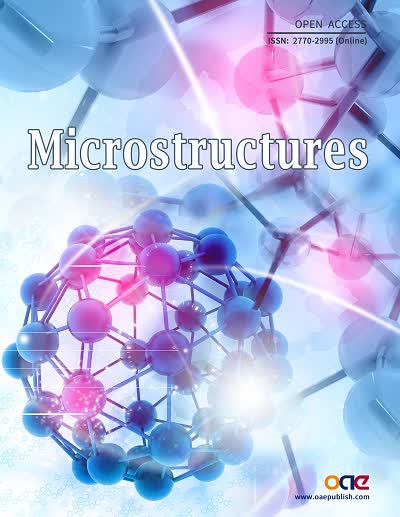











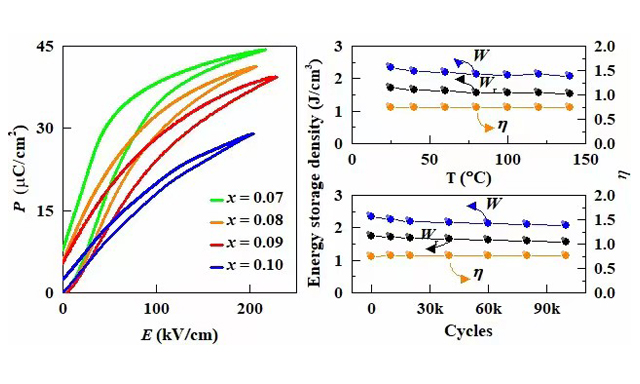

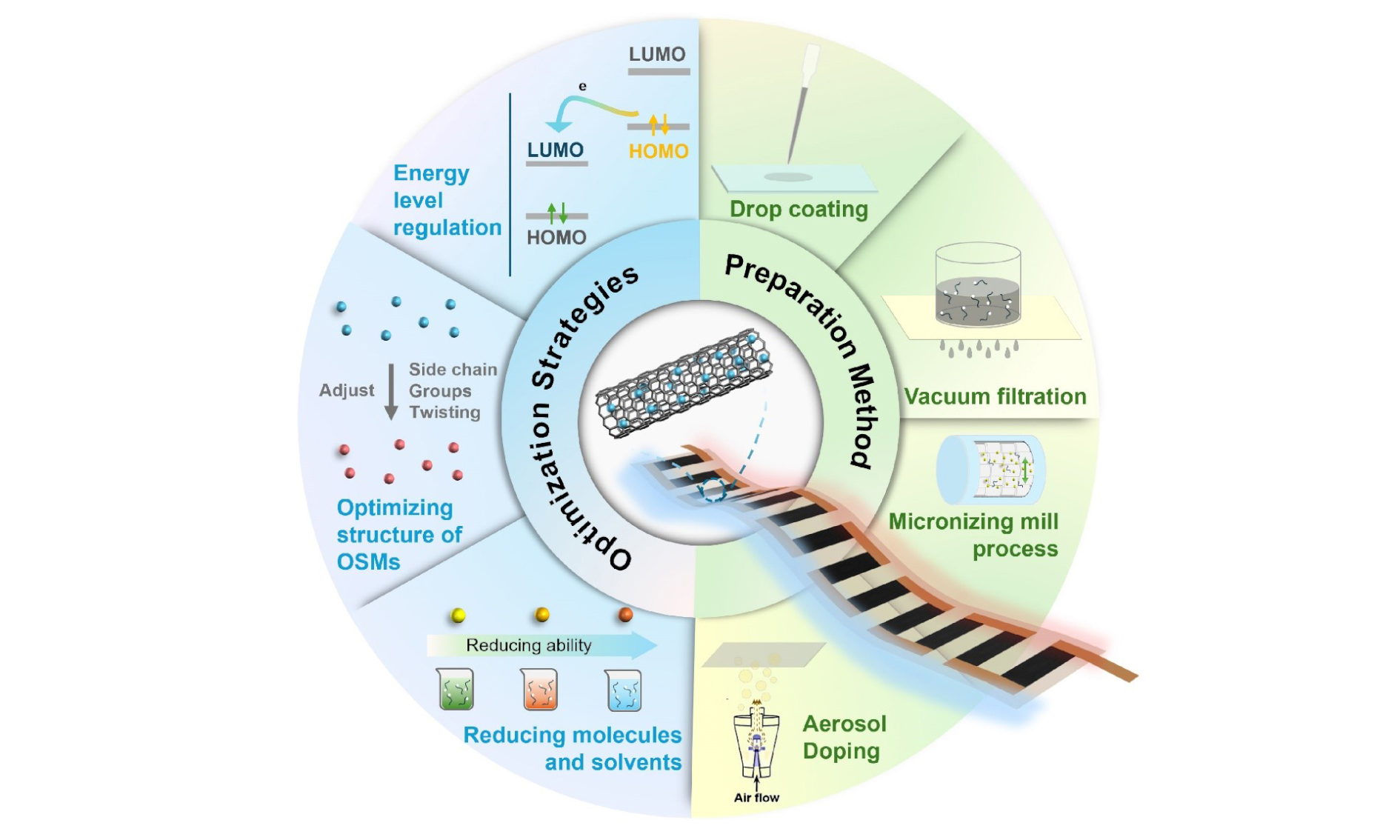

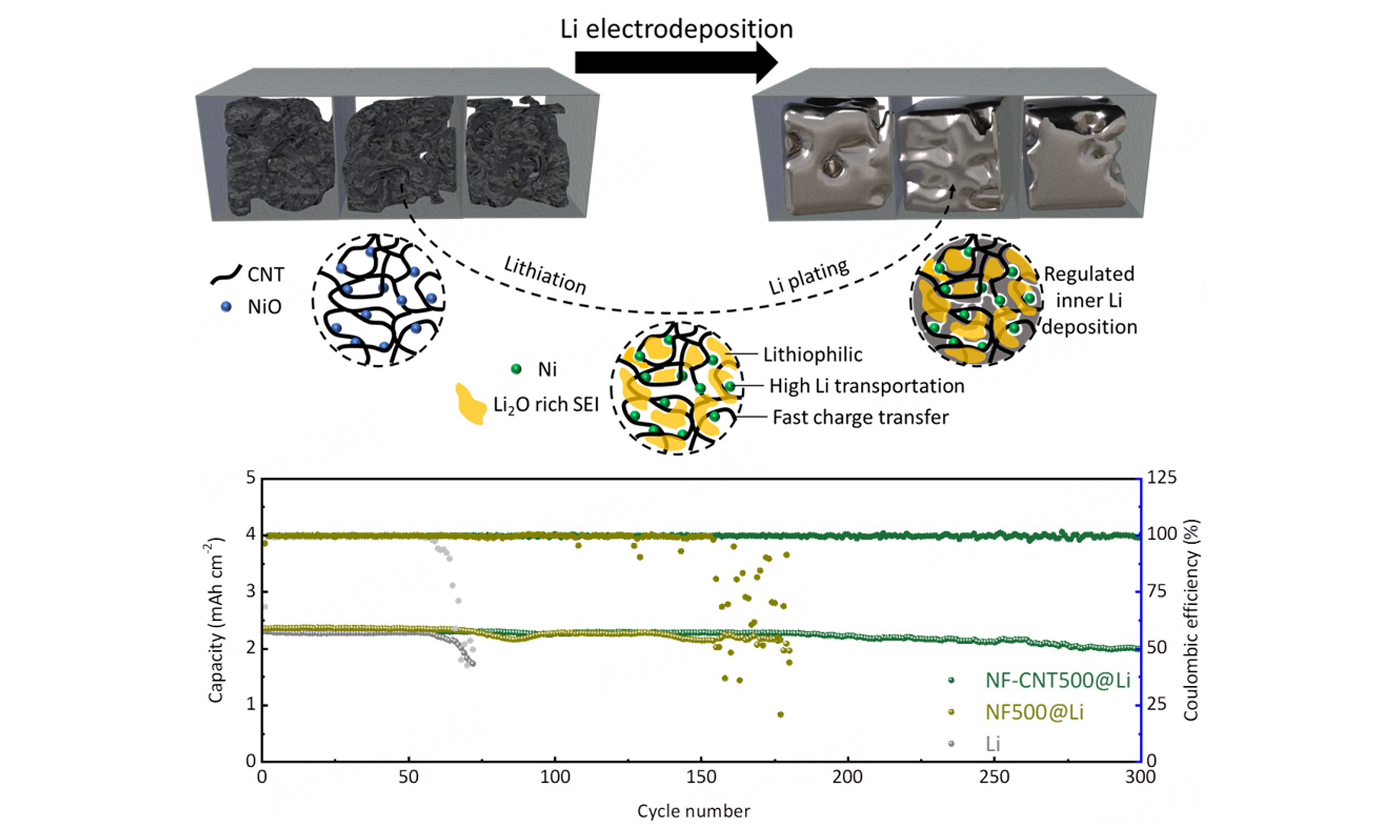
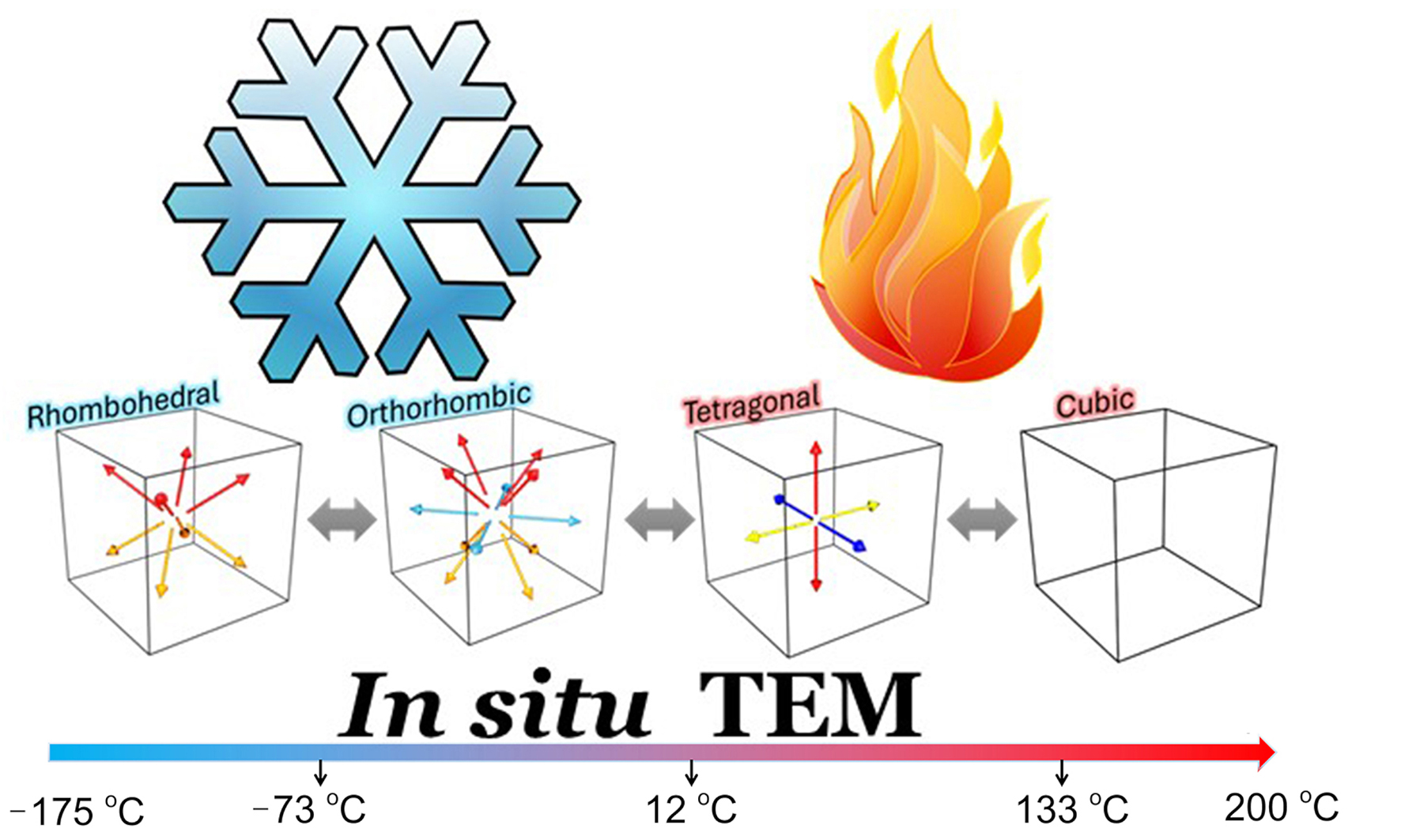
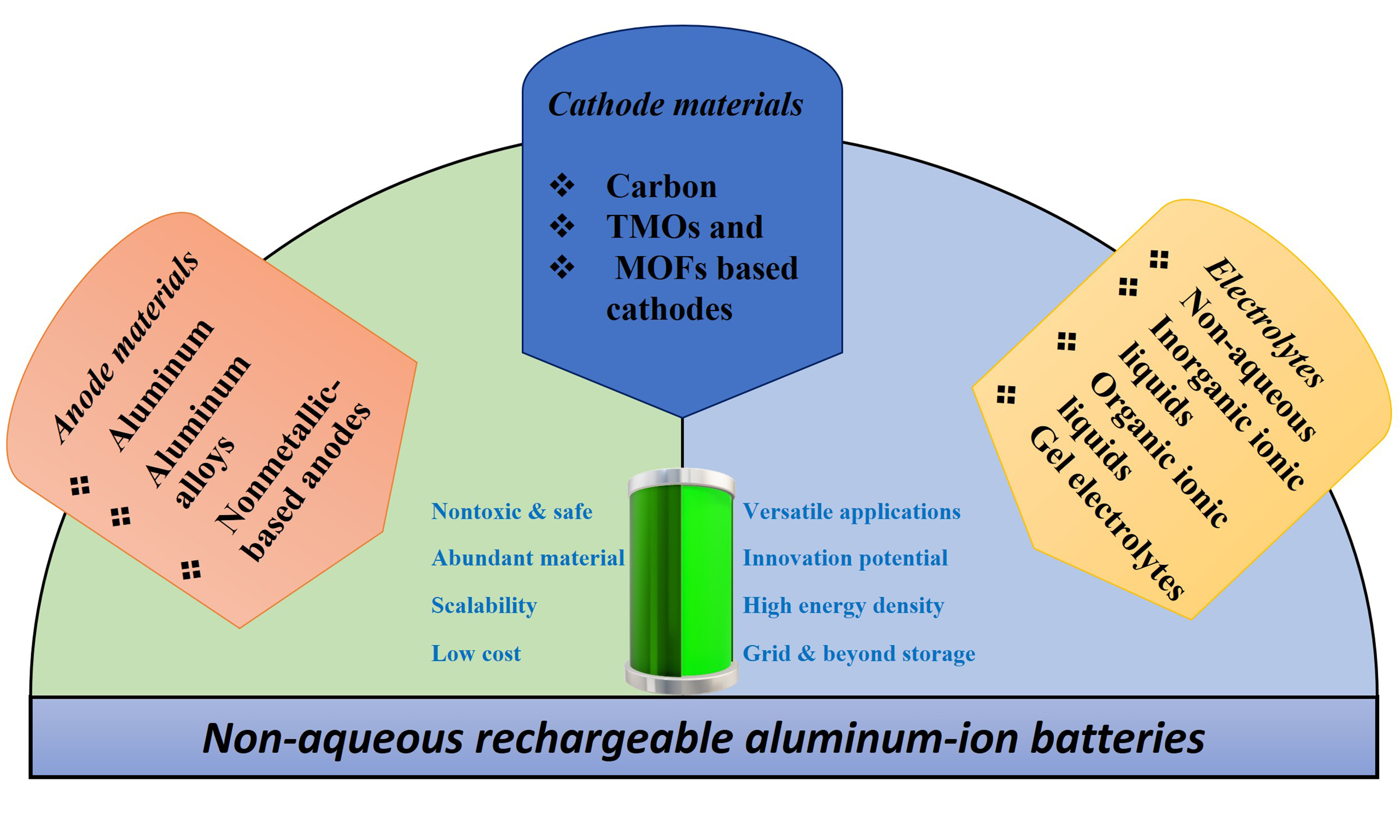
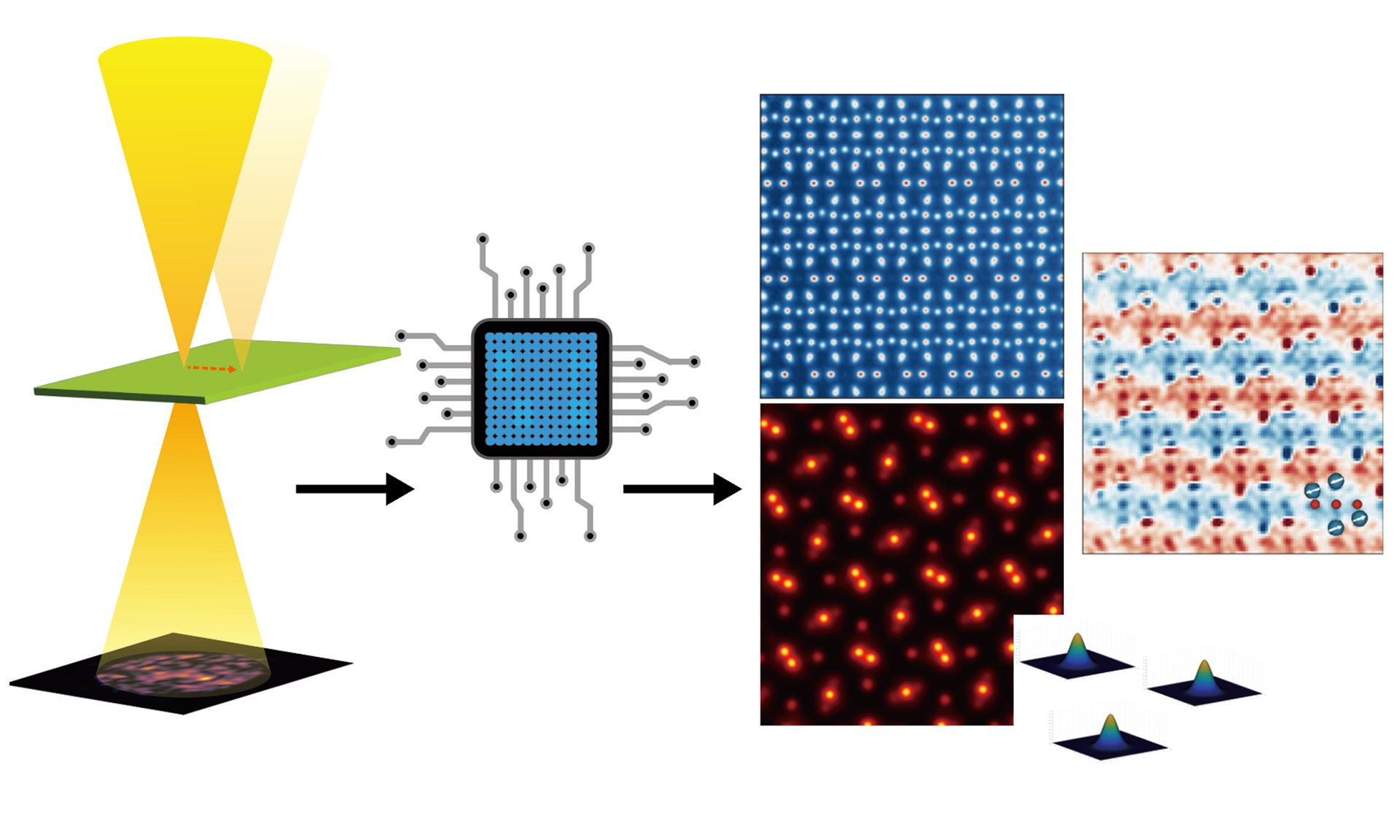

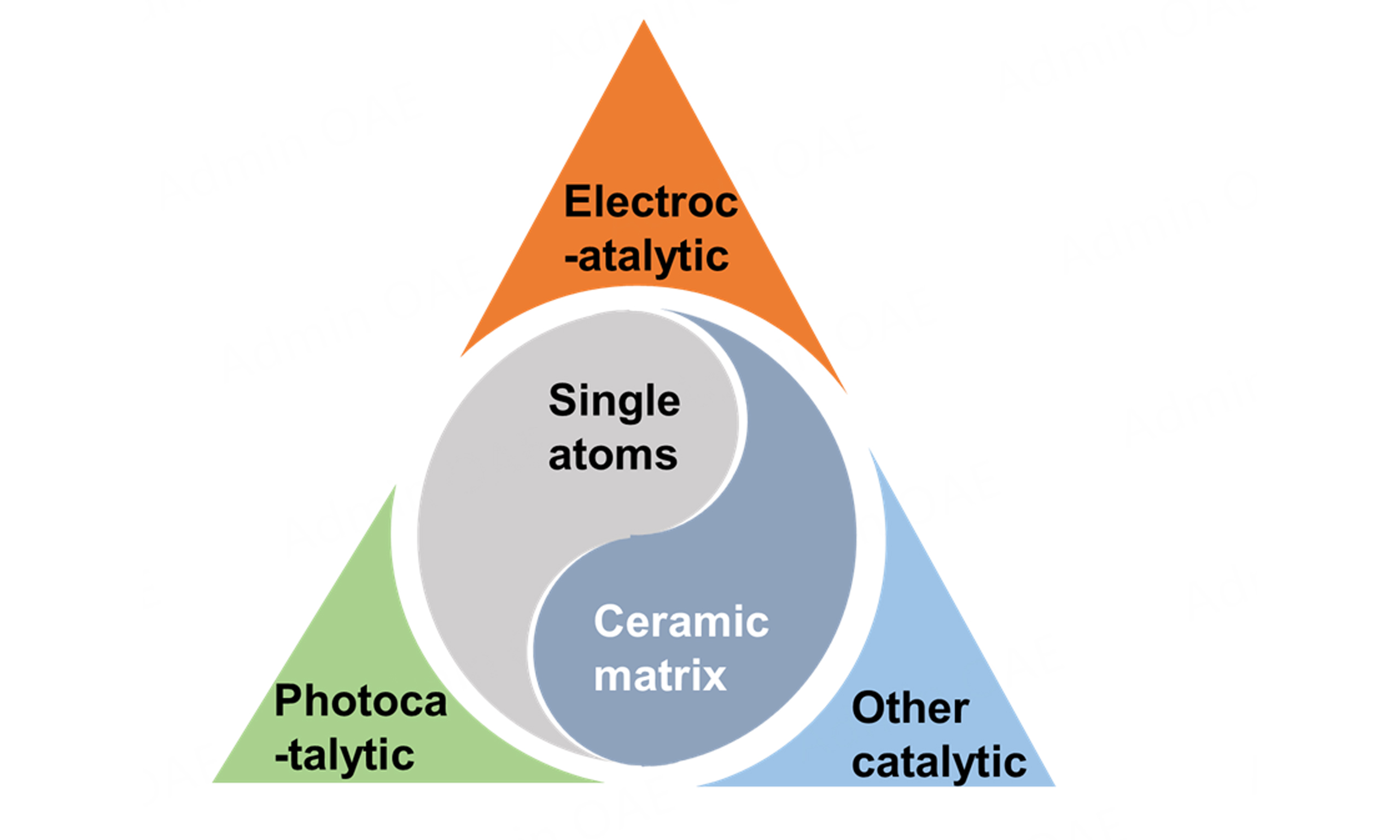
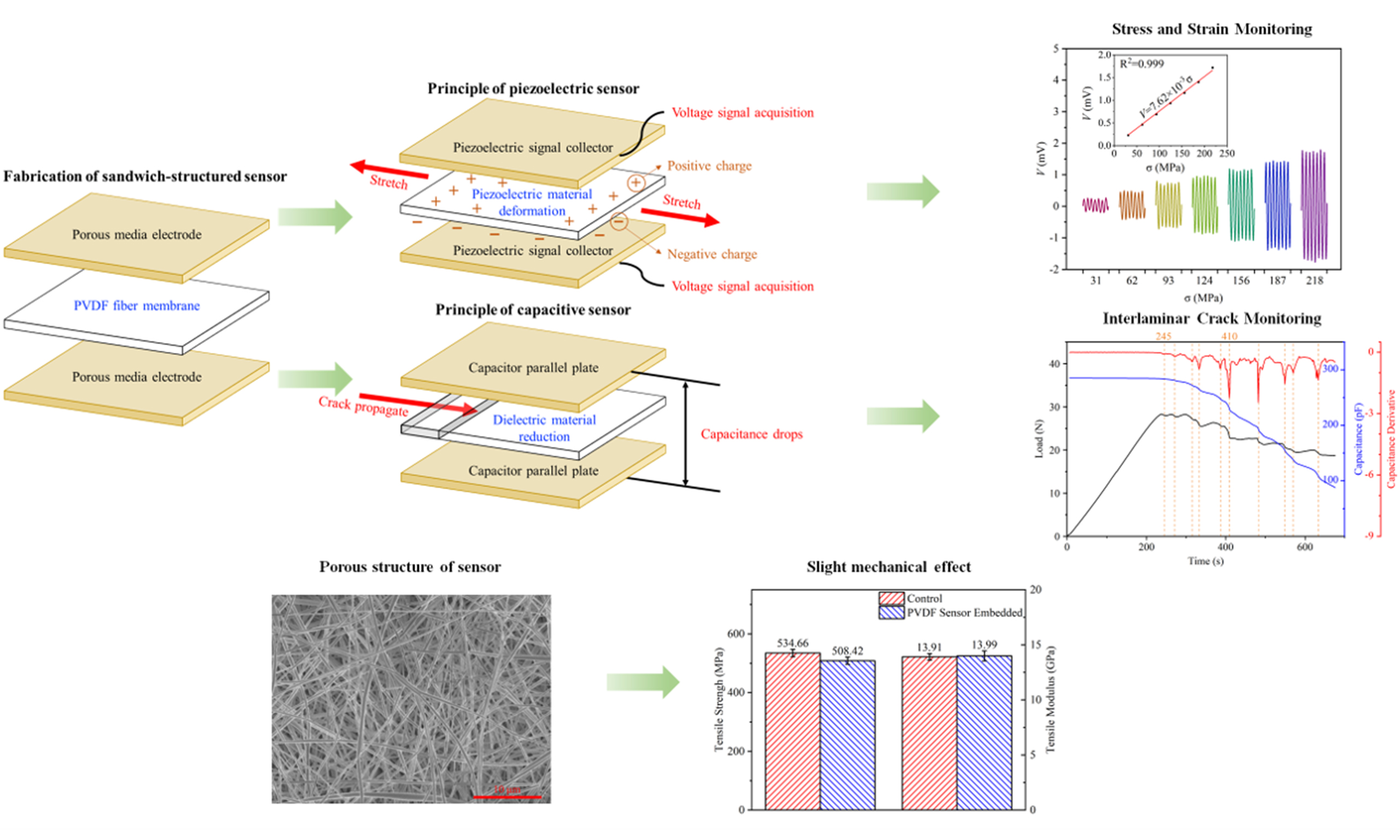







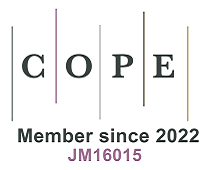








Comments
Comments must be written in English. Spam, offensive content, impersonation, and private information will not be permitted. If any comment is reported and identified as inappropriate content by OAE staff, the comment will be removed without notice. If you have any queries or need any help, please contact us at support@oaepublish.com.